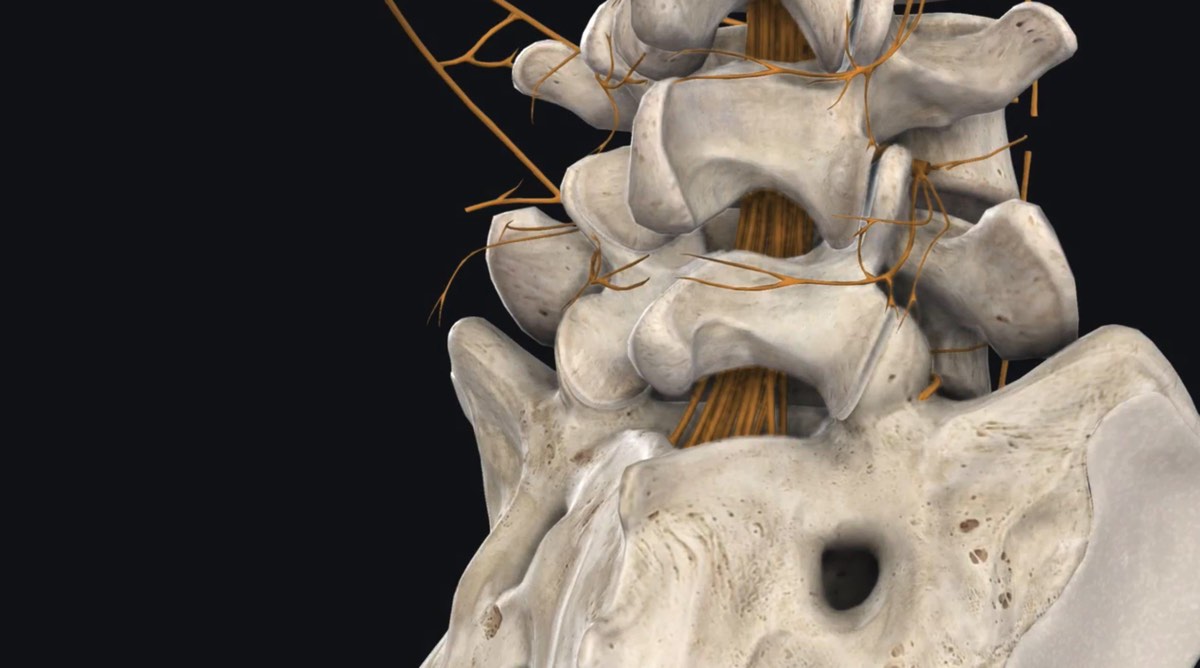NEW YORK (Reuters Health) – Wide variations in intraocular pressure (IOP) in glaucoma patients is associated with more progressive visual field loss, according to a report from the Collaborative Initial Glaucoma Treatment Study (CIGTS) group.
“Relatively easy to capture and display measures of IOP variation during treatment – the standard deviation (SD), range, and maximum IOP – should be reviewed during routine follow-up of glaucoma patients, as they are predictive of progressive loss of visual field,” Dr. David C. Musch from University of Michigan, Ann Arbor, Michigan told Reuters Health in an email. “This reinforces the need not only to assess a patient’s current status, but also to take time to review the patient’s IOP history.”
Dr. Musch and the CIGTS team tested various functions of IOP control over time to determine the best predictors of visual field loss during the period from 3 to 9 years after treatment initiation in 578 patients with either primary or pigmentary open-angle glaucoma. Their report appears in the May 20th online issue of Ophthalmology.
Among the 293 patients randomized to treatment with topical medications, 3 continuous IOP summary measures (maximum IOP, range of IOP, and SD of IOP) were significantly associated with visual field test results.
In the surgical group of 285 patients, however, none of the IOP summary measures was significantly associated with visual field test results.
Better IOP control had a significantly beneficial effect on visual field loss progression in the medicine group but not in the surgery group.
“We think that either the much lower IOP produced by surgery reduced or eliminated any negative impact of IOP variation on visual field progression, or perhaps the lower maximum IOP we observed in the surgery group (e.g., at 6 years mean maximum values of 19 mmHg vs. 23 mmHg, surgery vs. medicine) influenced this finding,” Dr. Musch explained.
The 3 summary IOP measures were also significantly associated with substantial visual field loss (at least 3-dB worsening).
“Perhaps somewhat hidden within the paper’s results is the fact that increased IOP variation during treatment was significantly predicted by a demographic factor – the patient’s race (blacks at greater risk) – by a clinical factor – the patient’s baseline IOP (higher IOP at greater risk), and by a center effect (centers differed in the extent of IOP variation their patients showed),” Dr. Musch said. “Underlying the observation of increased IOP variation is a complex milieu of factors, among which include insufficient adherence to treatment, difficulties with delivering a prescribed topical agent, differential response to treatment, and inadequate efficacy of the treatment itself.”
“Monitoring the IOP fluctuation and considering more aggressive treatment to limit it seems advisable,” the investigators conclude. “Monitoring and timely intervention would be facilitated by use of simple software algorithms that provide clinicians with summary IOP information from accumulating IOP data.”
“We are continuing to glean valuable insights from the data we collected during a clinical trial of initial treatments for glaucoma, with grant support from the NIH/NEI,” Dr. Musch added. “Other investigators are actively pursuing ways to intervene with novel devices or minimally invasive surgical approaches for managing patients whose IOP is insufficiently controlled by medical therapy.”
Ophthalmology.









